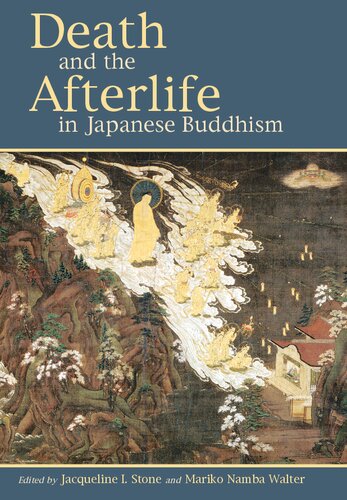

Most ebook files are in PDF format, so you can easily read them using various software such as Foxit Reader or directly on the Google Chrome browser.
Some ebook files are released by publishers in other formats such as .awz, .mobi, .epub, .fb2, etc. You may need to install specific software to read these formats on mobile/PC, such as Calibre.
Please read the tutorial at this link: https://ebookbell.com/faq
We offer FREE conversion to the popular formats you request; however, this may take some time. Therefore, right after payment, please email us, and we will try to provide the service as quickly as possible.
For some exceptional file formats or broken links (if any), please refrain from opening any disputes. Instead, email us first, and we will try to assist within a maximum of 6 hours.
EbookBell Team

0.0
0 reviewsThe paradigmatic figure of the historical Buddha, his death, the symbolism of his funeral, and his relationship to the impurity of the dead are treated in the opening essays by John S. Strong and Gregory Schopen. The deaths of later remarkable adepts, following the Buddha's model, and their significance for Buddhist communities are investigated by Koichi Shinohara, Jacqueline I. Stone, Raoul Birnbaum, and Kurtis R. Schaeffer. A dramatic, often controversial category of exemplary death, that of "giving up the body" or Buddhist suicide, is examined by James Benn and D. Max Moerman. Moving from celebrated masters to ordinary practitioners and devotees, Bryan J. Cuevas, John Clifford Holt, and Matthew T. Kapstein take up the subject of the "ordinary dead" and the intimate relations that often persist between them and those still living, while Hank Glassman, Mark Rowe, and Jason A. Carbine shed light on Buddhist funerary practices and address the physical and social locations of the Buddhist dead.
This important collection moves beyond the largely text- and doctrine-centered approaches characterizing an earlier generation of Buddhist scholarship and expands its treatment of death to include ritual, devotional, and material culture. Its foundational insights are both culturally and historically grounded and at the same time offer a basis for further, comparative conversations on death between scholars of Buddhism and other religious traditions.